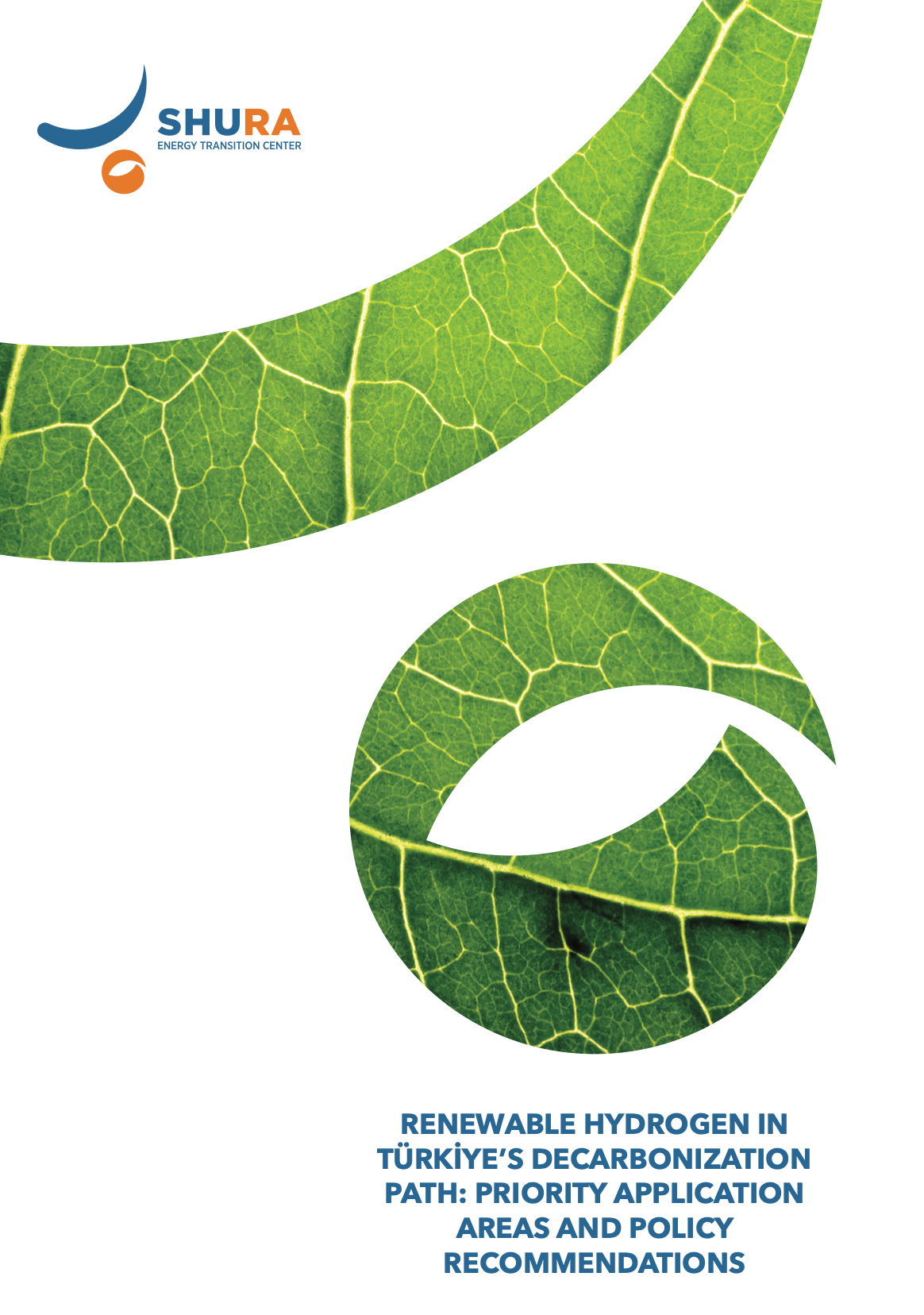Among the most frequently discussed issues in the transition process related to decarbonization is the impact of this transition on employment and addressing this impact within the framework of a just transition. Although studies conducted to measure the socioeconomic effects of the transition show that the size of the impacts at the national level is small, such macro studies are not able to capture large-scale negative effects that may be experienced at the regional level. Türkiye’s current employment strategy focuses on creating new employment opportunities through new investments in order to reduce unemployment. After Türkiye announced its net-zero carbon target in 2021, a just transition, especially its employment dimension, has become one of the focal points in policy documents and related studies. The final report of the ministry’s Climate Council, 1 which convened in 2022, included decisions emphasizing “local employment”, “decent employment”, “social protection”, and “employee welfare”, associating employment policies with regional development. Recently published national plan documents such as the 12 th Development Plan, which focuses on green and digital transformation, aim to establish just transition mechanisms so that employees are not negatively affected by the green transformation process. SHURA’s report entitled “Just Transition and Regional Employment: Policy Choices for Türkiye” aims to measure the regional risks that the green transition will create for employment in the coal mining sector (including electricity generation) and other industries affected by the Carbon Border Adjustment Mechanism (CBAM) in order to develop relevant policy recommendations. In this study, a path extending from the country scale to the regional, provincial, and district scales has been created and the number of employees at risk due to the transition estimated for CBAM and coal industries, based on the need for a situational assessment that can be scaled down to the district level to create effective policy recommendations.





